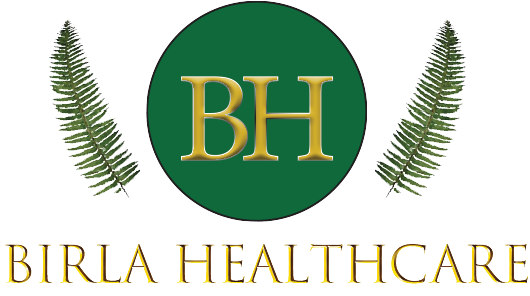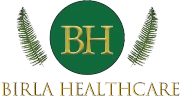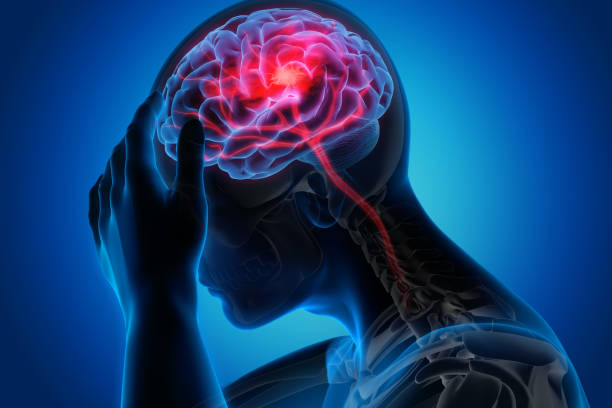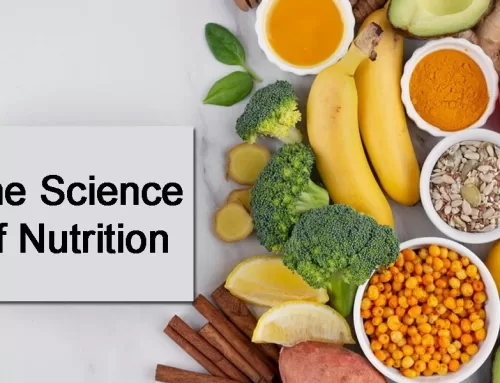A stroke is a medical emergency that occurs when a blood vessel in the brain ruptures and then bleeds. It may also occur when there’s a blockage in the blood supply to the brain. The rupture or blockage prevents blood and oxygen from reaching the brain’s tissues. Without oxygen, brain cells and tissue become damaged and begin to die within minutes.
There are three primary types of strokes.
They are as follows.
Transient ischemic attack – It involves a blood clot that typically reverses on its own.
Ischemic stroke – involves a blockage caused by either a clot or plaque in the artery. The symptoms and complications of ischemic stroke can last longer than those of a transient ischemic attack or may become permanent.
Hemorrhagic stroke – It is caused by either a burst or leaking blood vessel that seeps into the brain.
What is Stroke is very important to know? One should know the stroke symptoms. The loss of blood flow to the brain damages tissues within the brain. Symptoms of a stroke show up in the body parts controlled by the damaged areas of the brain. The sooner a person having a stroke gets care, the better their outcome is likely to be. For this reason, it’s helpful to know the signs of a stroke so you can act quickly.
Stroke symptoms could include paralysis, numbness or weakness in the arm, face, and leg, especially on one of the body. Other symptoms include trouble speaking or understanding others, slurred speech, confusion, disorientation, lack of responsiveness, sudden behavioural changes, especially increased agitation. One can also find vision problems, such as trouble seeing in one or both eyes with vision blackened or blurred, or double vision, trouble while walking, loss of balance or coordination. The other known symptoms are dizziness, severe, sudden headache with an unknown cause, seizures and nausea or vomiting.
Knowing your stroke risk factors, it is important to take preventive measures. Many stroke prevention strategies are the same as strategies to prevent heart disease. Controlling high blood pressure (hypertension). This is one of the most important things you can do to reduce your stroke risk. If you’ve had a stroke, lowering your blood pressure can help prevent a subsequent stroke. Healthy lifestyle changes and medications are often used to treat high blood pressure. Lowering the amount of cholesterol and saturated fat in your diet. Eating less cholesterol and fat, especially saturated fat and trans fats, may reduce build-up in the arteries. If you can’t control your cholesterol through dietary changes alone, your doctor may prescribe a cholesterol-lowering medication.
Smoking raises the risk of stroke for smokers and non-smokers exposed to second-hand smoke. Managing diabetes. Diet, exercise and losing weight can help you keep your blood sugar in a healthy range. If lifestyle factors don’t seem to be enough to control your diabetes, your doctor may prescribe diabetes medication. Maintaining a healthy weight. Being overweight contributes to other stroke risk factors, such as high blood pressure, cardiovascular disease and diabetes.
Eating a diet rich in fruits and vegetables. A diet containing five or more daily servings of fruits or vegetables may reduce the risk of stroke. The Mediterranean diet, which emphasizes olive oil, fruit, nuts, vegetables and whole grains, may be helpful. Exercising regularly. Aerobic exercise reduces the risk of stroke in many ways. Exercise can lower blood pressure, increase the levels of good cholesterol, and improve the overall health of the blood vessels and heart.
It also helps you lose weight, control diabetes and reduce stress. Gradually work up to at least thirty minutes of moderate physical activity such as walking, jogging, swimming or bicycling. Heavy alcohol consumption increases the risk of high blood pressure, ischemic strokes and hemorrhagic strokes. Alcohol may also interact with other drugs you’re taking. Adapt to a life that is good for your overall well-being and save yourself from a stroke.








[…] glucose as all of these can lead to many serious medical problems including heart diseases and stroke. Being overweight or obese may increase your risk for heart disease, high blood pressure, type 2 […]
[…] Central Sleep Apnea (CSA): CSA is less common than OSA. It occurs when the brain fails to send proper signals to the muscles that control breathing. This leads to slower and shallower breathing. It usually happens because of heart failure or stroke. […]
[…] Central Sleep Apnea (CSA): CSA is less common than OSA. It occurs when the brain fails to send proper signals to the muscles that control breathing. This leads to slower and shallower breathing. It usually happens because of heart failure or stroke. […]
[…] disease, stroke, and cancer can all be prevented by eating blue and purple fruits and vegetables. Blue and purple […]
[…] the pandemic-prompted lockdowns is making more serious dangers for hypertension, coronary illness, stroke, diabetes, and dysfunctional […]
[…] when there is a problem with the brain. Brain tumours, infections, traumatic brain injuries, and strokes are a few potential […]
[…] is a problem with the brain. Brain tumours, infections, traumatic brain injuries, and strokes are a few potential […]
[…] issues like heart attacks, strokes, high blood pressure, and irregular […]